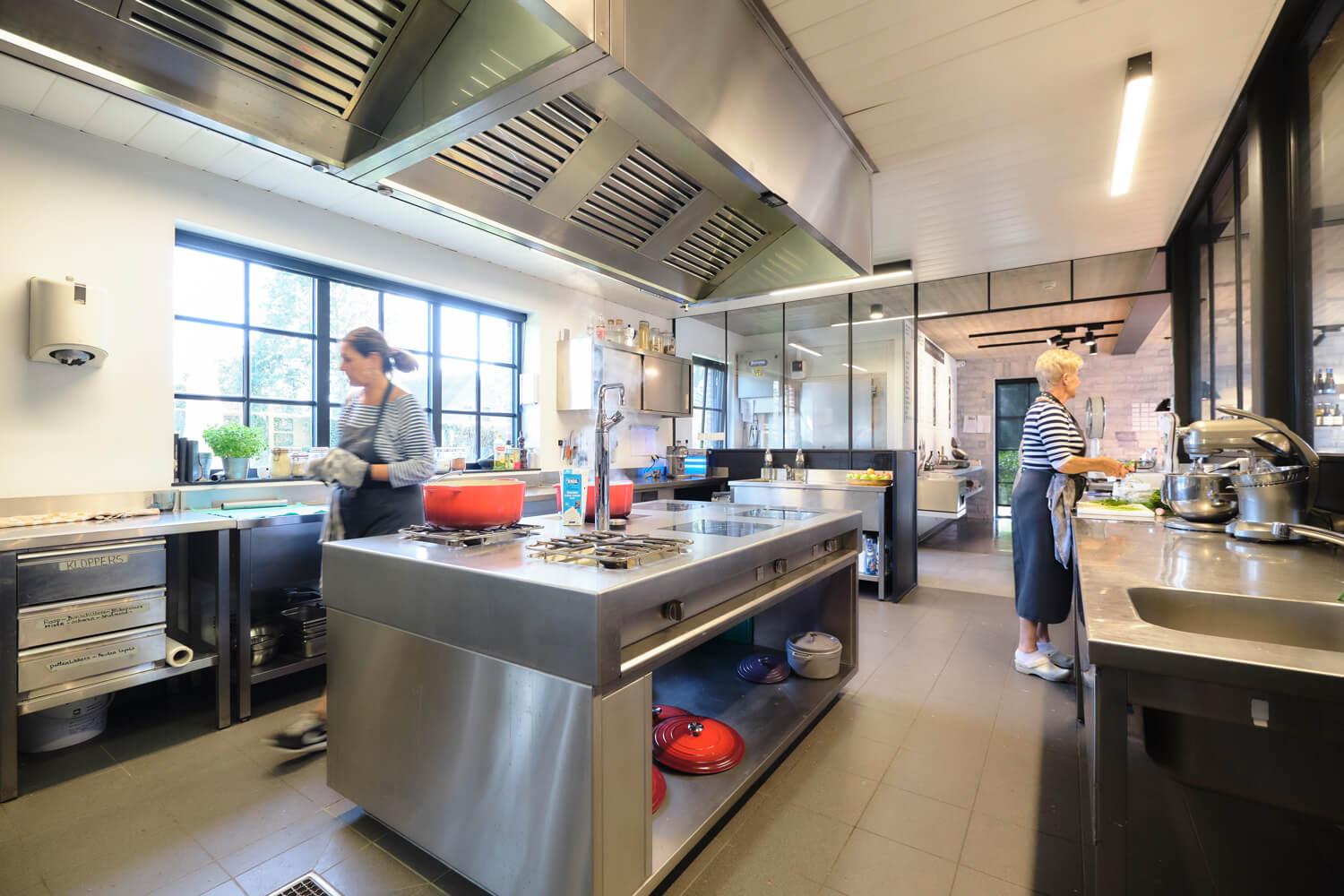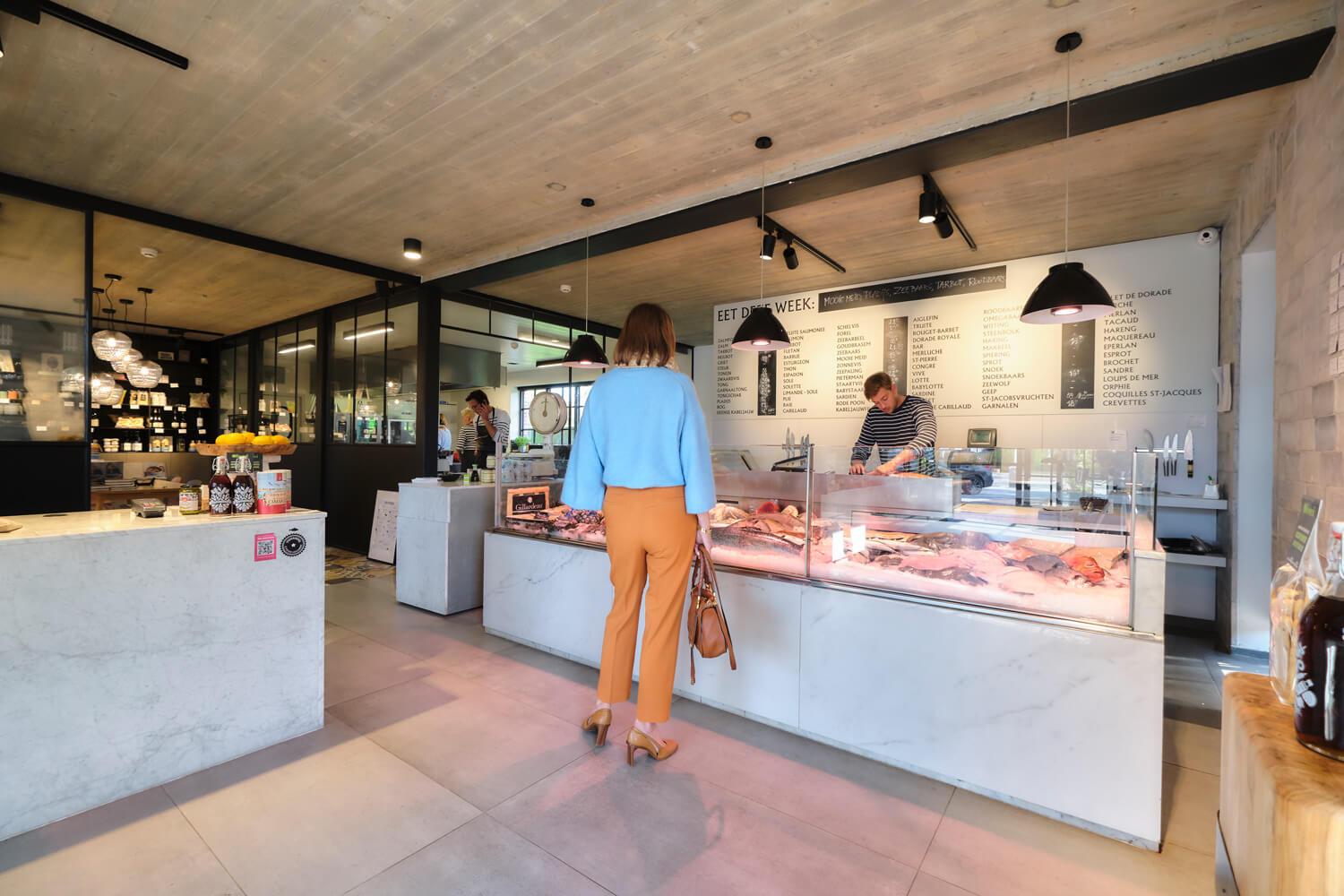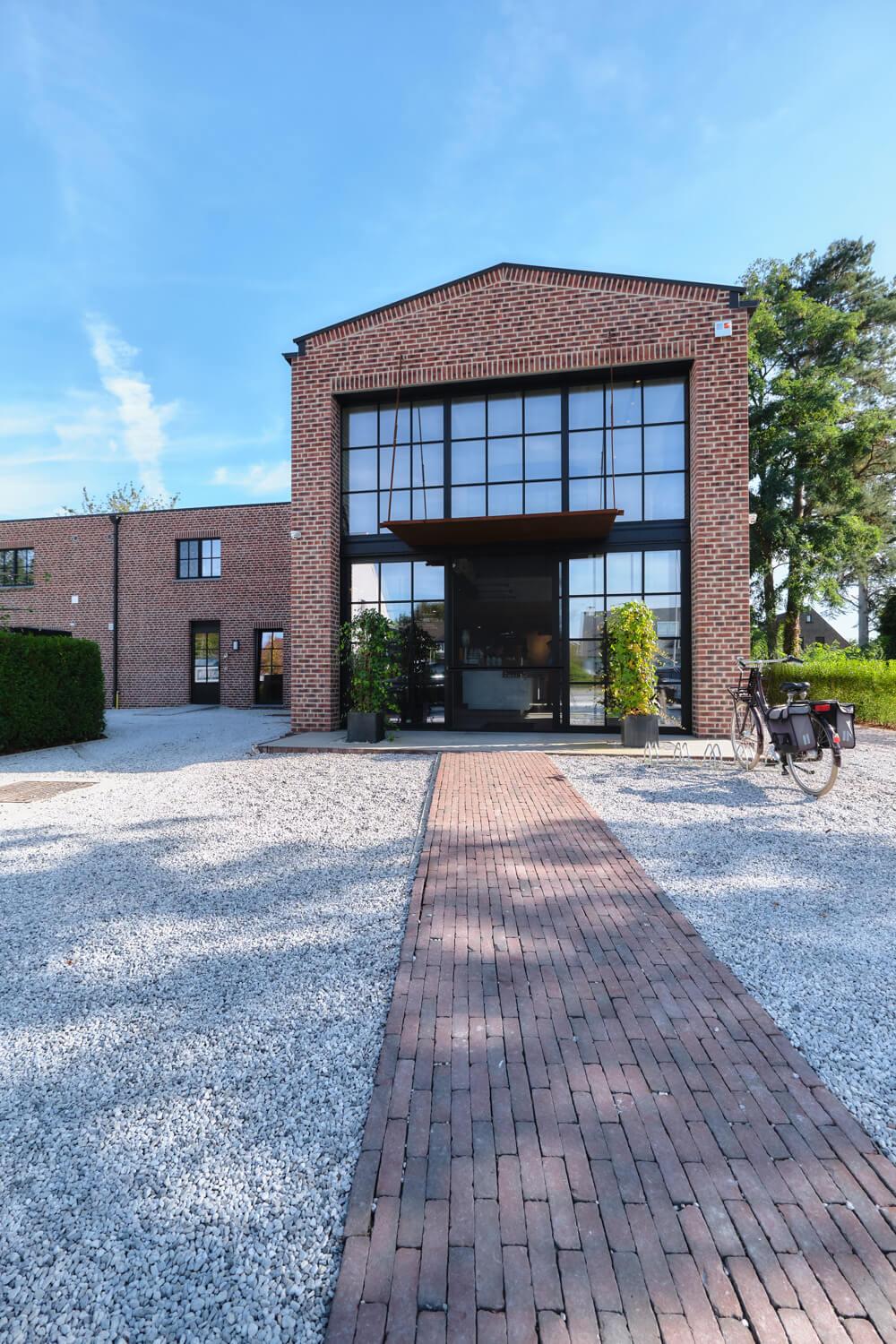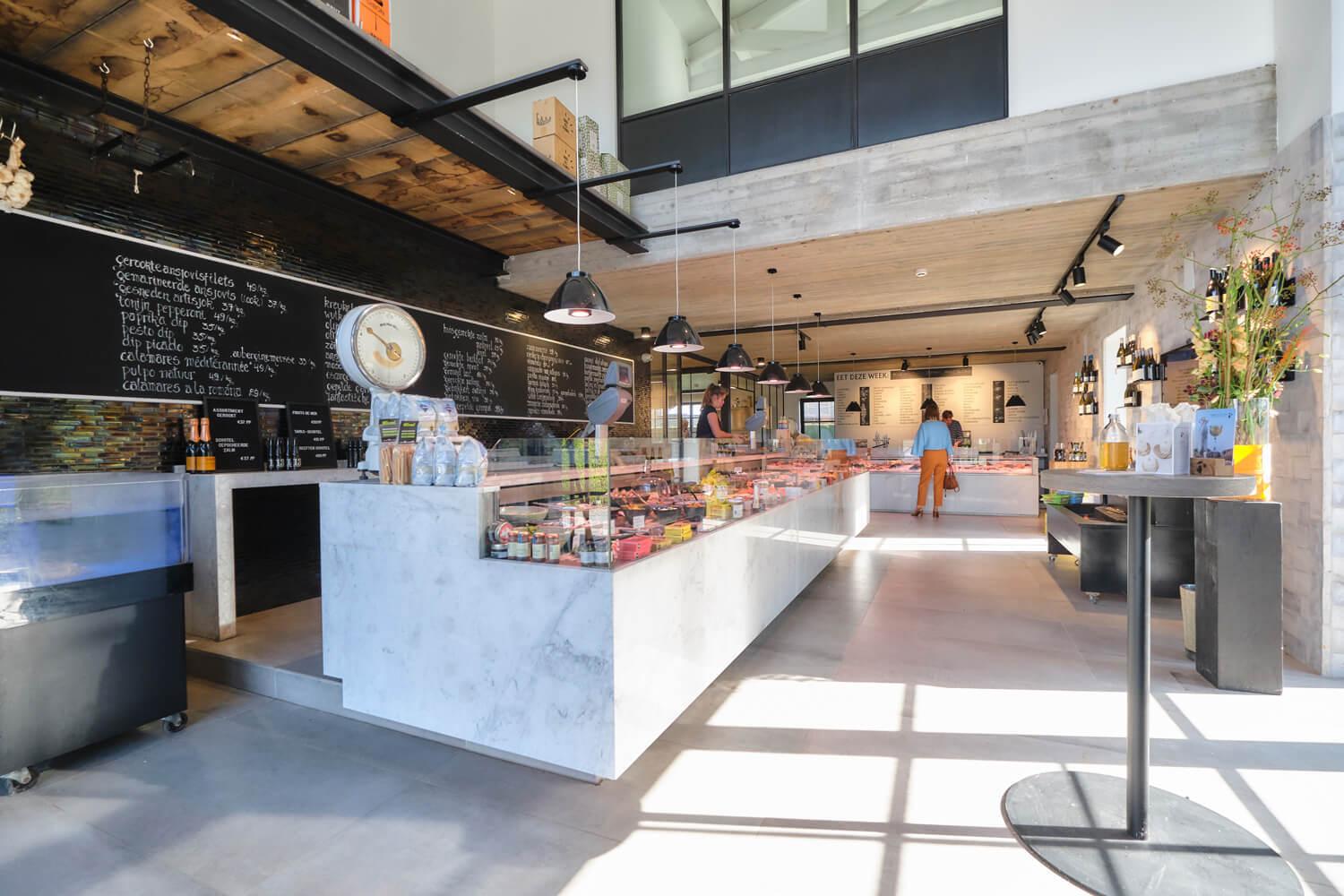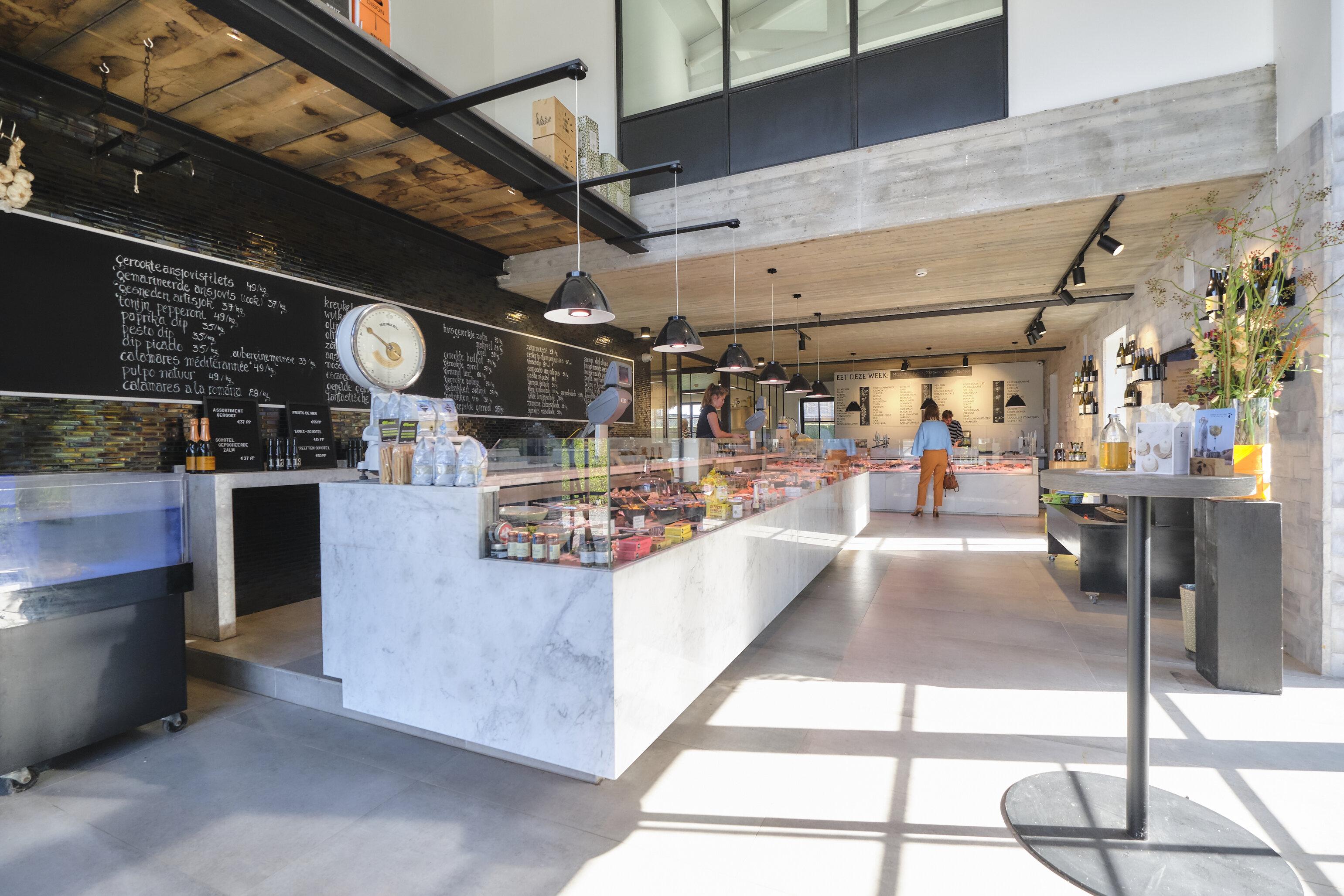
Terroir: straightforward
Share this story
The demand for local products is rising exponentially. Flemish hobby chefs and professional chefs are getting increasingly creative with what their immediate surroundings offer. With respect for craft, love for regional and a preference for small-scale. But what about fish? When do you talk about local fish? And more to the point: what is terroir about fish swimming freely in the open sea?
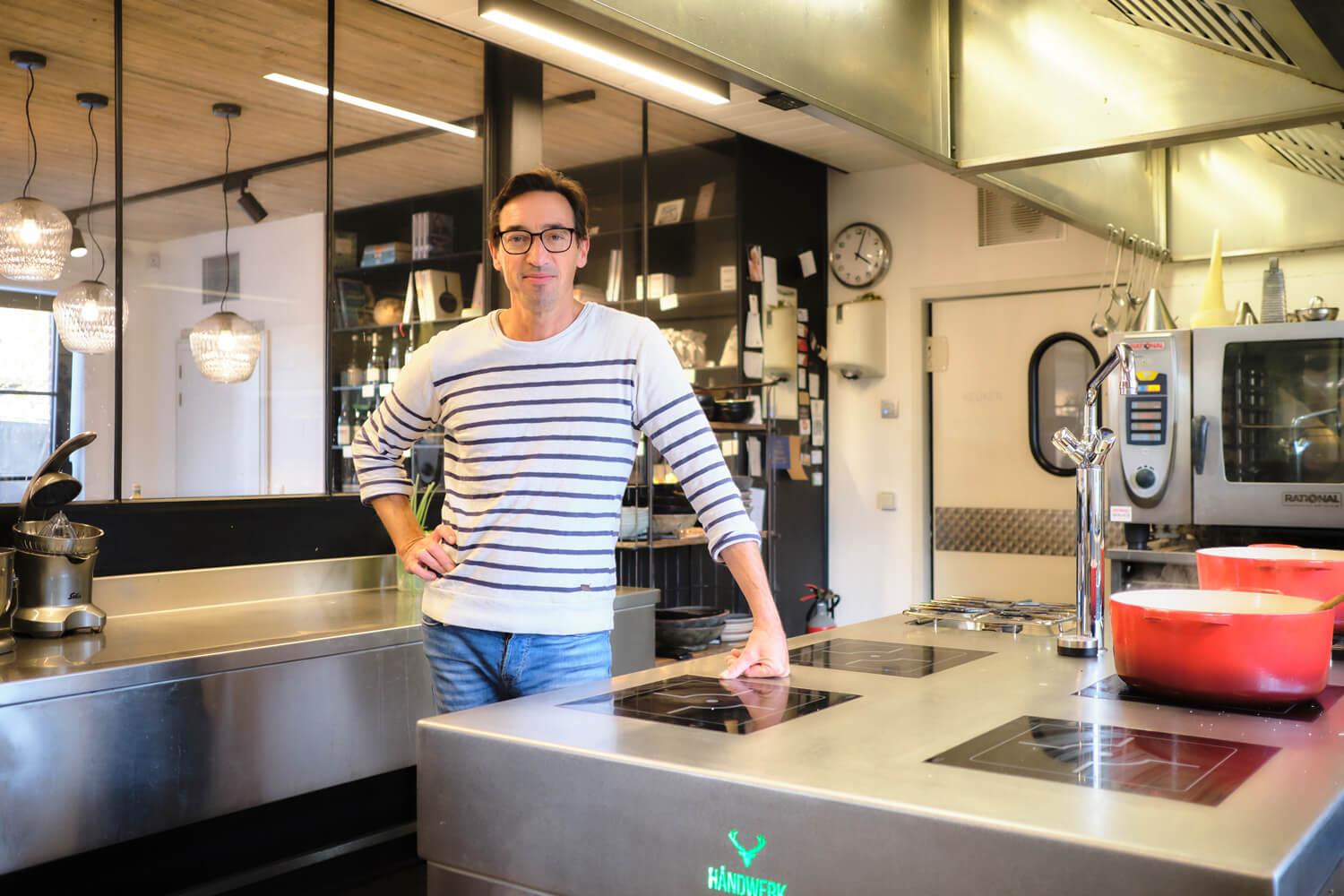
Terroir: the reason for flavourful fish
We can be proud of our fishing grounds. They are the breeding ground for many tasty fish species. With its slowly sloping coast and rich seabed, the North Sea is the ideal place for flatfish such as plaice and sole. For chefs and amateur cooks, they are invaluable products. Thanks to the terroir, fish and molluscs get their flavour. There is no doubt about it: where fish thrive, flavour is at its best.
Several Belgian chefs have added an extra dimension to fish and its terroir in recent years: "We must learn to eat what the fisherman catches. Not just let fish catch what we want to eat and throw away all the rest." Sven De Muynck, manager of fish shop C-food Meersschaut in Lochristi, underlines these principles. Not only because his wife, Ilse D'Hooge, is a chef with an eye for sustainable fish. Also because he finds it important to guide his customers to the most flavoursome fish on their plates.
"Why should I put exotic fish in my shop? There are so many tasty fish swimming in our North Sea! Take our North Sea prawns for example... Let someone hold freshly peeled prawns in one hand and lobster meat in the other. In a blind test, that person is guaranteed to choose the prawns. Even though lobster is on a pedestal, those prawns taste pure and honest. No lobster can compete with that."
Another example Sven gives is oysters. The inflow of a freshwater river 500 metres or five kilometres away gives a certain flavour to the oyster. The altitude - just below sea level or three to four metres lower - also affects the flavour. As does the supply of plankton. The oyster grower relies on these elements to flavour his oysters. So terroir is also very important and valuable in the world of fish.
A smoking room for salmon
The entrance hall of C-food Meersschaut in Lochristi houses an artisanal smokehouse in which Sven smokes salmon himself. Salmon is not the easiest fish in terms of sustainability. A lot of salmon are farmed in large-scale aquaculture or net cages where the fish are fed with many kilos of other fish species. They are often given antibiotics and other additives. Several farms do manage their salmon stock in a sustainable way. For example, by using feed derived from fish waste from the food industry without additives.

To offer sustainable salmon, fish traders rely on their suppliers. "The most important criterion for the relationship with my suppliers is mutual trust. That we communicate openly and honestly about the quality of the product. As a fish trader, I only want to offer quality and sustainable products to my customers."
Smoking organic salmon is no mean feat. The biggest difficulty is a consistent flavour. That requires a balancing act in terms of the thickness and size of the salmon slices, the length of time the salmon is cooled and dried, the smoking process, and of course the composition of the brine mass. The result is nothing like the slices of smoked salmon you buy in the supermarket. Fishmongers cut fresh salmon into full-length slices. The salmon sold by supermarkets is first frozen in order to be cut into thin slices.
To offer sustainable salmon, fish traders rely on their suppliers. "The most important criterion for the relationship with my suppliers is mutual trust. That we communicate openly and honestly about the quality of the product. As a fish trader, I only want to offer quality and sustainable products to my customers."
Smoking organic salmon is no mean feat. The biggest difficulty is a consistent flavour. This requires a balancing act in terms of the thickness and size of the salmon slices, the length of time the salmon is cooled and dried, the smoking process, and, of course, the composition of the brine. The result is a non-fatty salmon texture with a mildly smoked flavour. Fishmongers cut fresh salmon into full-length slices and try to cut them only when the customer is standing by, that way the salmon is truly freshly cut.
The full-skinned salmon fillets are first placed in a kind of colander and covered with the brine mass consisting of salt and sugar. That mass ensures that the moisture is drawn out of the fish. After 24 hours, most of the moisture has leaked out of the fillets and the salmon are carefully dried. Then the fillets end up on a grill to dry in the fridge for another 24 hours. This drying round is necessary to extend the shelf life of the smoked salmon. Only then are the salmon fillets smoked in the smokehouse.
That smoking process is completely different from the most well-known ways of smoking food. This is because salmon is smoked cold, below 15 degrees Celsius. If you smoke the salmon warmer, it starts to cook. In the smoke chamber, smoke dust - a type of sawdust - is set on fire. The aim is to create a specific smoke flavour without cooking the salmon. Keeping an eye on the temperature and smoke development is hugely important for this. After eight to twelve hours in the smoke chamber, the smoked salmon is ready for sale
Terroir through craftsmanship
Through craftsmanship and knowledge of terroir, the artisanal fishmonger tries to distinguish himself, each with his speciality. It gives him and his business a character all its own. Recognising fresh, high-quality fish is one of the most important skills of a fishmonger. More than that: it is the basis of his craftsmanship. A matter of finding a balance between taste and storage time.
"Fish has to bestir a bit. Rigor mortis is important because only then all the proteins are released. You can't prepare fish that has just come out of the sea very well. So it is best to let fish 'mature' for a while before it ends up in the pan. As a fishmonger, I also want to make sure my customers can keep the fish I sell for a few days. That is why I am very picky when buying the fish that ends up in the shop."
By buying locally as much as possible, Sven guarantees the best quality for his customers. Not only because North Sea fish is very tasty but also because the fish is transported in trucks for less time. So less transport is not only better for the environment. It also means fresher fish. Where fish are now transported in refrigerated transports, in the 1980s they were still put in trays of ice. Were you one of the last stops of the transport, little of that ice remained. The importance of short distances is therefore ingrained in fish traders.
With knowledge of the product, the fishery and of the terroir, the specialist fishmonger like Sven has another edge. It allows him to do consultative selling: selling fish types when they are at their tastiest. In the month of June, for example, plaice is at the top of the flavour palette. "Eat and drink at the same time" Sven even calls it. Towards autumn, plaice loses much of its flavour. Then, as a chef, amateur chef and consumer, it is better to choose a different fish. Thanks to its knowledge of terroir and advisory sales, the specialised fishmonger ensures that consumers buy the fish when it is at its best. This is how the flavour of such a top product comes into its own.
The craft of filleting fish is not very popular despite the interest in local, sustainable fish and terroir. It is a difficult and time-consuming job. There are chefs who are very good at filleting themselves and apply the craft in their kitchens. On the other hand, some chefs choose to buy already filleted fish from their suppliers. In any case, many chefs have (re)discovered their love for fish. Menus are no longer limited to one or two options and are a lot more creative than the traditional skate or sole.
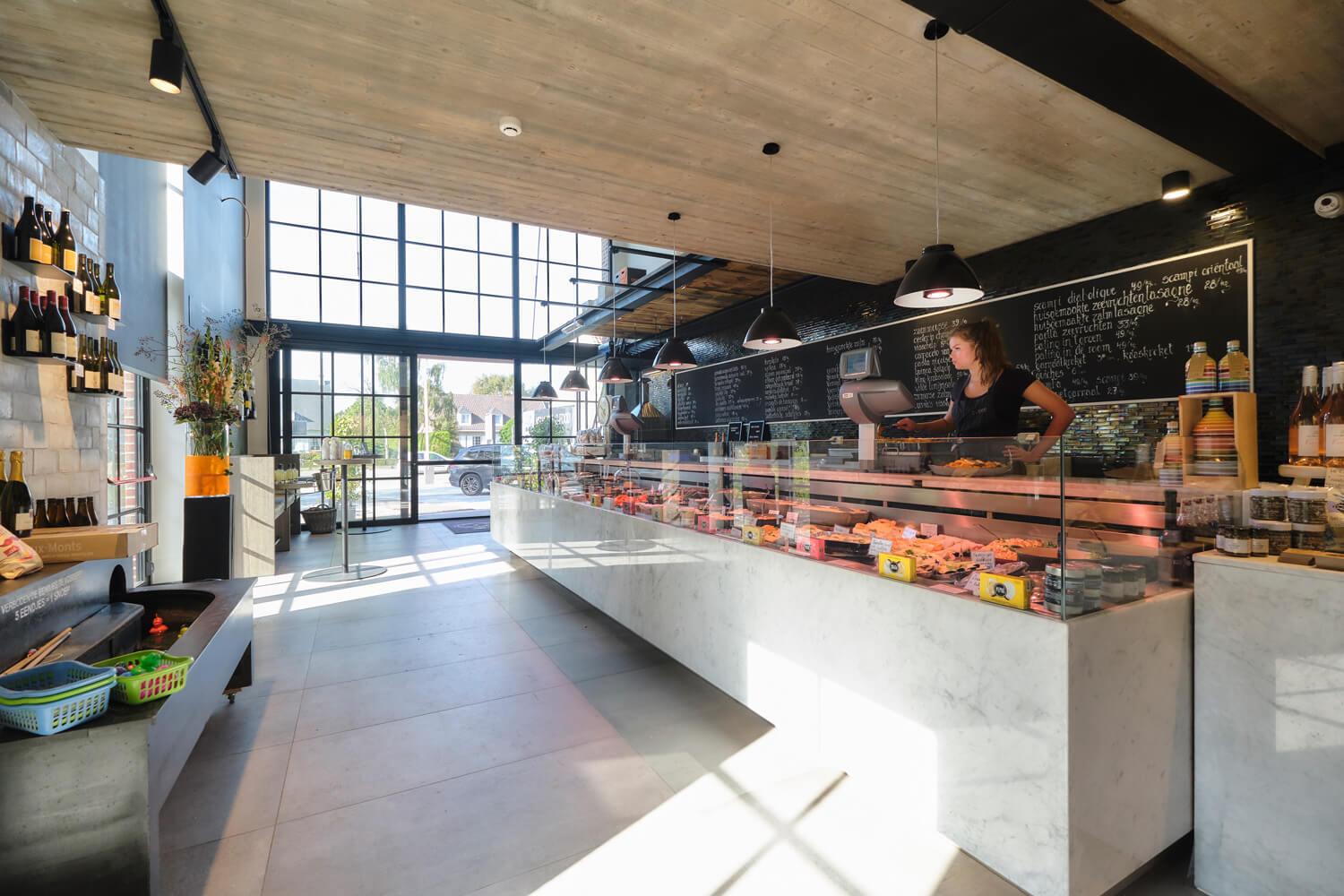
With knowledge of the product, the fishery and the terroir, the specialist fishmonger like Sven has another edge. It allows him to do consultative selling: selling fish types when they are at their tastiest. In the month of June, for example, plaice is at the top of the flavour palette. "Eat and drink at the same time" Sven even calls it. Towards autumn, fish loses much of its flavour. Then, as a chef, hobby cook and consumer, it is better to choose a different fish. Thanks to their knowledge of terroir and advisory sales, specialised fishmongers ensure that consumers buy fish when it is at its best. This is how the flavour of such a top product comes into its own.
The craft of filleting fish is not very popular despite the interest in local, sustainable fish and terroir. It is a difficult and time-consuming job. There are chefs who are very good at filleting themselves and apply the craft in their kitchens. On the other hand, some chefs choose to buy already filleted fish from their suppliers. All in all, many chefs have (re)discovered their love for fish. Menus are no longer limited to one or two options and are a lot more creative than the traditional skate or sole.
The influence of cooking shows
Whereas in the 1950s women traditionally took on the role of cook in the home, the majority of families now consisted of two-earners. This turnaround had major consequences for what was put on the table at dinner in the evening. The feel for produce, seasons and even taste was at risk for a long time. The popularity of cooking programmes and the star status of some top chefs changed that.
Sven De Muynck's wife is Ilse D'Hooge. In 2006, she was voted Hobby Chef of the Year by Knack Weekend. She used her status as hobby chef of the year to highlight sustainable fish. Above her husband's shop, she runs a cooking studio where she prepares cooking workshops, writes cookbooks and invents new recipes.
Those books, recipes and workshops do honour to terroir. They highlight lesser-known fish species and take into account the seasons. And it also teaches consumers to get a new feel for the products they cook with. When they then taste their dishes, they are often amazed by the flavour. That is the power of cooking with produce when it is at its best. That is the power of terroir.
Sustainability labels and terroir
As a consumer, you are bombarded with labels. Those who buy pre-packed fish often cannot see the wood for the trees. According to Sven, these labels are sometimes a blessing on one level: they make us think about the origin of the product. He also notices this awareness in his own shop. Customers specifically ask for North Sea fish. Or they ask for advice. That close contact with the end consumer makes entrepreneurs like Sven important links in further raising awareness about sustainable fish.
Both Sven and his wife are in close contact with VLAM, the Flemish Centre for Agro and Fisheries Marketing. One of the initiatives is 'Lekker van bij ons'. A website full of recipes to encourage consumers to choose local products. All recipes that focus on Belgian products, the seasons, the best quality and honest craftsmanship.
A collective of Belgian chefs brings sustainable fish increasingly to the fore, focusing on fish from less and/or undervalued species and bycatch. In this way, chefs are a sounding board for consumers, through a label that gives them confidence.
Ode to fish
Terroir exists thanks to the people who pay tribute to fish. Thanks to the fishermen who respectfully skim our North Sea coast in search of the tastiest specimens. Thanks to the chefs who cook with a sense of responsibility and love with the best the sea has to offer. Thanks to the fishmonger who also makes lesser known and loved species sought after. Thus terroir itself becomes an ode to all those who let themselves be driven by the passion for their trade and respect for the product.
